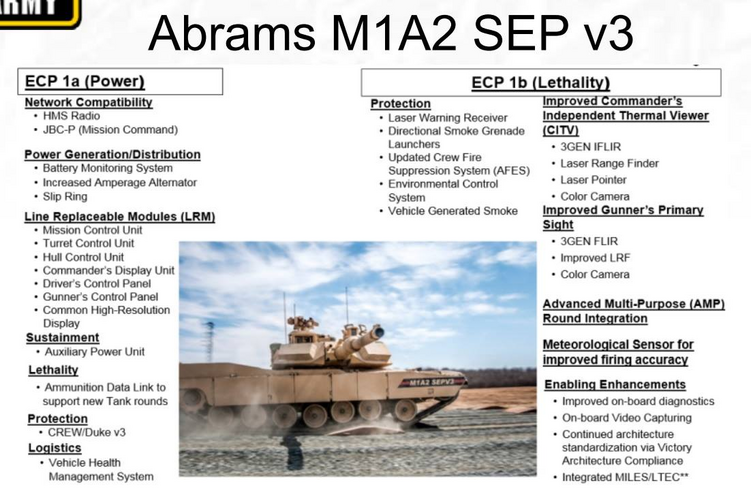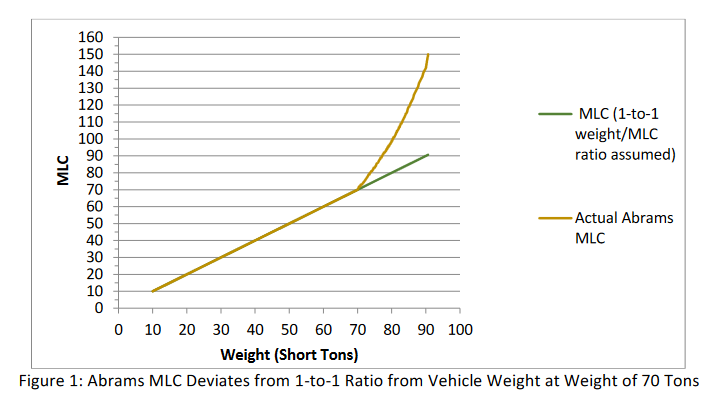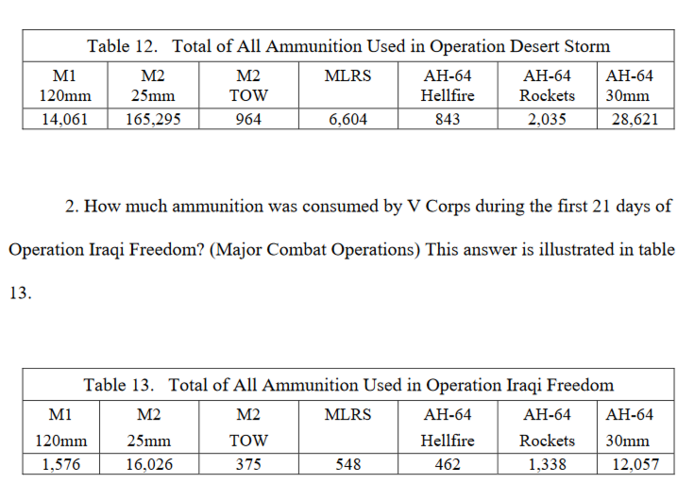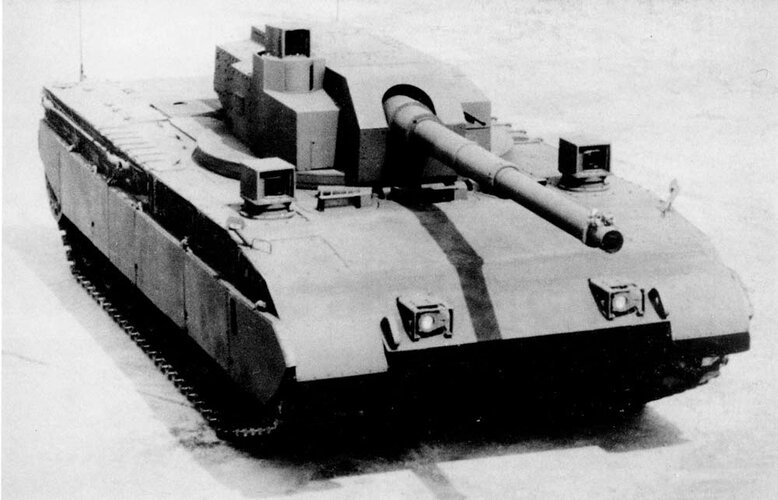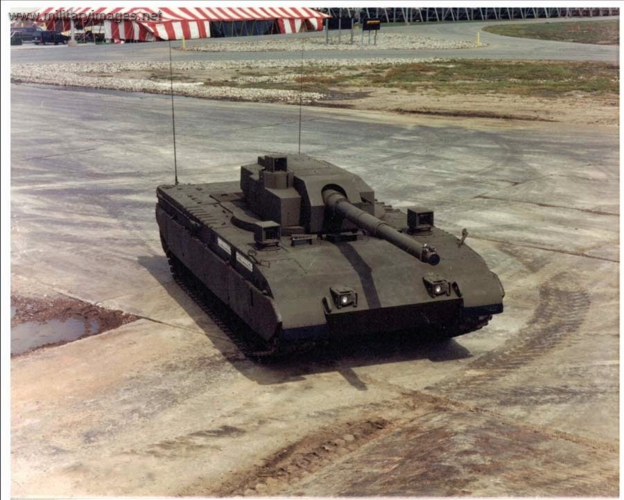A Tentative Fleet Plan
I really should change my personal text
- Joined
- 9 April 2018
- Messages
- 1,206
- Reaction score
- 2,804
Time for America to use the Mutual Defense Assistance Act to upgrade every bridge and road in Europe to handle MLC-150 vehicles."The point of a robotic turret is that it doesn't need armoring lol".
So, you end up with a protected crew driving around in a pos vehicle and no means of defence or offence.
You can have a fully armored robotic turret if you don't want things like side protection or APS I guess. The M1 is more than half the mass of a Maus already. It will probably tip over into the triple digits once it gets the new armor package and 130mm gun, once you factor in the TUSK ERA, Trophy, and fluids/ammo load. With the mine rollers, TUSK ERA, and full ammo, M1A2 SEPv3 is sitting north of 90 tons. That's without the M1A2D's new armor package, which makes the turret even heavier.
That's a lot to ask on a 1,500 HP turbine that will likely not be replaced anytime soon.
Removing the armoring on the turret and accepting the slightly more cautious use of the tank, in favor of actual mobility and power to weight ratio is the better trade off, rather than increasing the weight even more.
Tank crews can simply deal with it, as they've proven in a video game.
The more expensive and far less likely outcome is that there is an entirely clean sheet design that makes the tank smaller, akin to a Western T-80 or something, and armors the robotic turret but achieves mass savings by reducing armored volume. This is plausible but unlikely, as I don't think OMFV/OMT will go anywhere, and M1 will likely sooner receive a new turret before the US Army makes a new tank.
Whether that turret will have armor protection or not is an open question, but it's pretty obvious that the US Army is genuinely concerned about the problem of mobility of armor and its titanic mass. Crossing a bridge with a fully loaded M1 would probably be impossible in some places, such as Bosnia where local infrastructure struggled with a 63 ton tank, much less a 95 ton one.
Naturally actual OMT crews offered both sides of the coin, with some tankers preferring a more mobile, lighter tank, and other tankers preferring a more heavily armored, protected one. There's obviously merits to both and if you think op tempo and being a bit slow on the draw are more important than careful planning and long road movements then you might prefer a heavily armored tank. Both are probably fine, but I'd say for the wars that America historically fights, i.e. stability operations in places with rubbish infrastructure, a more heavily armored tank isn't going to work well simply because the infrastructure can't support it.
Protecting the turret against light automatic cannons in the 30mm range, such as the BMP-2, would probably go a long way towards ensuring that crews don't feel so naked. You can't stop a T-90 from punching a hole in your robot turret, which is fine as crews can deal with this, but you shouldn't be running around being worried that a BTR or a BMP with a little pop gun is going to trash your gun either.
That should be achievable with substantial reductions in weight and volume to open up more space for important things like APS. Perhaps the APS could intercept or degrade incoming LRPs so that the nominally weak turret armor can absorb the excess spall or something, but it's not a huge issue either way. The issue of maneuvering and road marches is more important since not everywhere has railroads that are good enough or common enough, such as Southwest Asia and Bosnia, and the US Army historically has relied on road movement for tank troops anyway.
Sorry if it offends you, but I just think that causing a bridge to collapse because your 100-ton tank broke some 70 year old bridge's MLC 40 supports and fell into a river is a more realistic and more dangerous threat to US Army brigades than a T-90 putting a hole in a big gun's breech. Even if it does put a hole in the breech...it's a robot gun. It's not like it's a person. Armor is there to protect people first, ensure mobility second, and everything else third. Machines fall under third.
M1s causing bridges to collapse or crews falling into rivers is way more common than M1s being destroyed by anti-tank guns though. There are also ways to deal with the latter, such as applique or ERA or APS, which are things that the US Army has proven it can put on tanks and other vehicles, but you can't actually remove weight from a tank if it's built in. It's very easy to add it though, which is why I think that having a fairly low level of base protection and a higher level of applique possibly stockpiled where it can be used, might be useful.
But given that the US Army is likely going to be fighting in countries with rubbish infrastructure, where infrastructure cannot handle the M1A2D as is, it's unlikely that they will want a heavier or similar size tank. Slimming down the M1 by consolidating the crew in the hull or something and slapping all armor around them, then compartmentalizing everything to the point where it can be rapidly repaired by battle damage teams or whatever, is probably the smarter move in the long run.
One of the issues faced by 1st Armored Division and part of why they took so long to deploy to Bosnia was the local infrastructure was absolute garbage. They had to transload from shipping to a railhead, transload in Czechia to another railhead, move to Croatia, and then continue the march with tank transporters on the road. When they got to Bosnia they encountered bridges with low MLCs or shoddy construction (either or, occasionally both) on the routes and had to dismount their M1A1s from the transporters. The transporters then went over the bridge and the tanks followed, slowly, one at a time.
I think with a modern M1A2D with TUSK ERA that sort of road deployment would be impossible simply because the bridge wouldn't be able to handle sustained movement of heavy M1s across it, because it might genuinely collapse.
That sort of infrastructure isn't uncommon in Vietnam, Belarus, Russia, Ukraine, Kazakhstan, Uzbekistan, Iran, North Korea...
i.e. All the places the US Army intends to fight in the future.
If America still had to fight in France or Germany then it wouldn't be an issue, but weight is a problem when handling these poor infrastructures. It's something that the late R.E. Simpkin noted in his book Antitank in 1982 and it remains true 40 years later.
It looks like for the simulation they're using a heavily-modded version of Arms 3.

